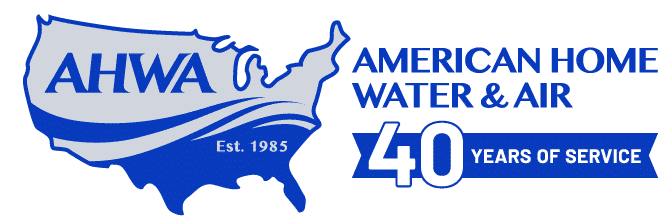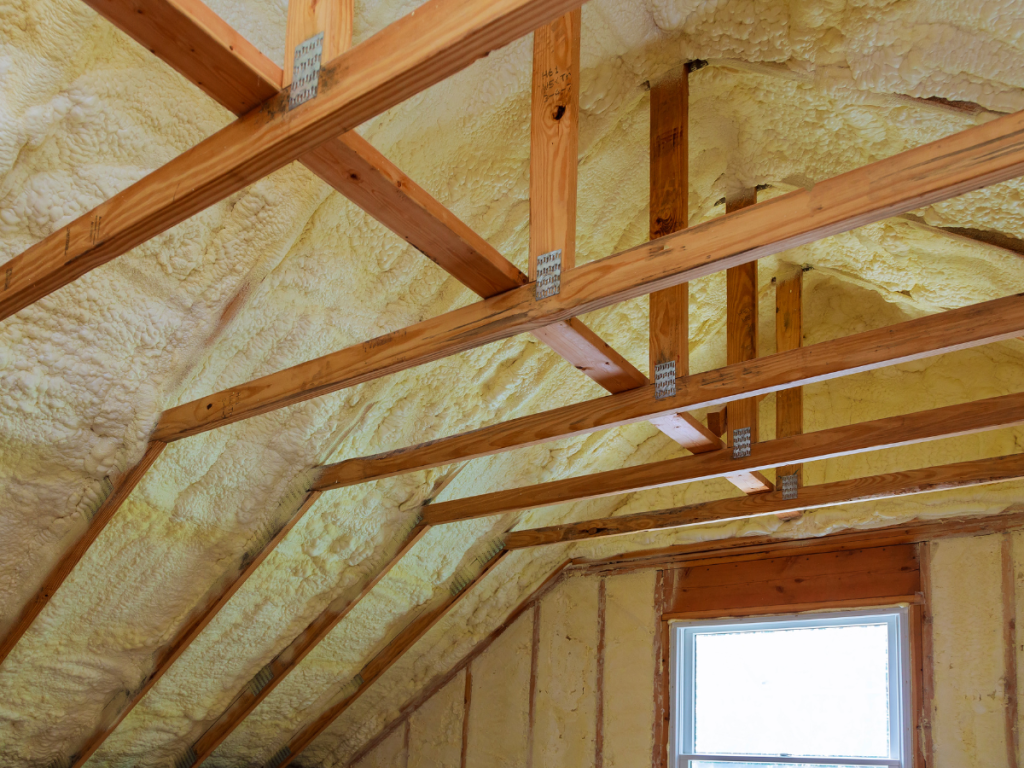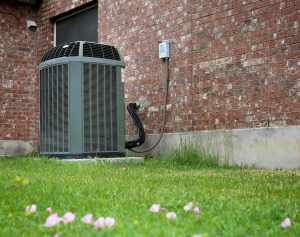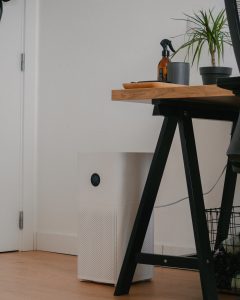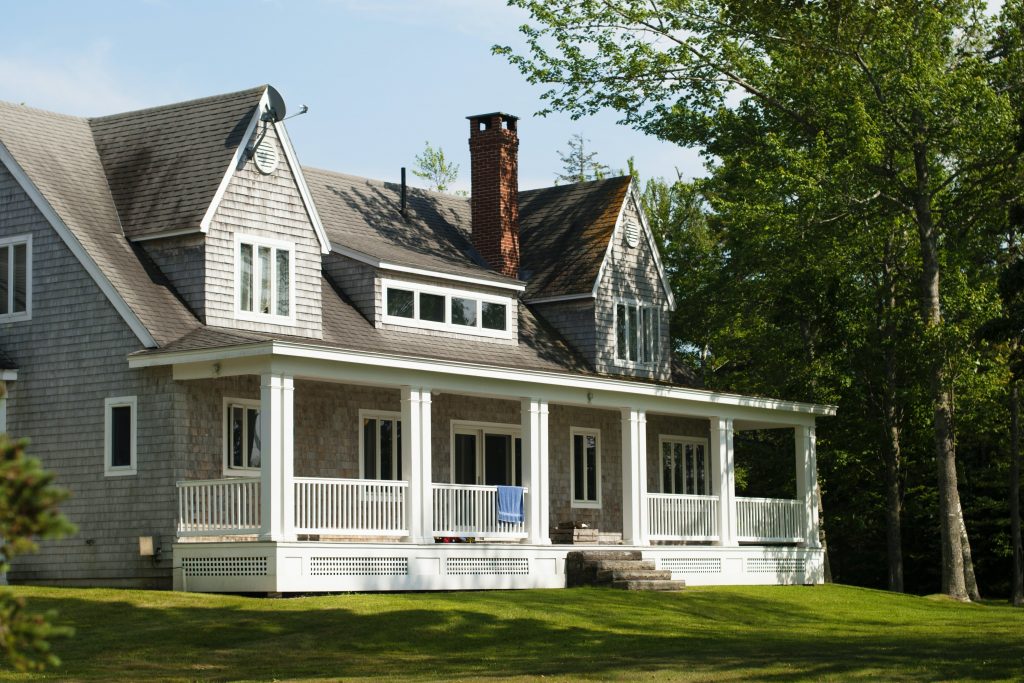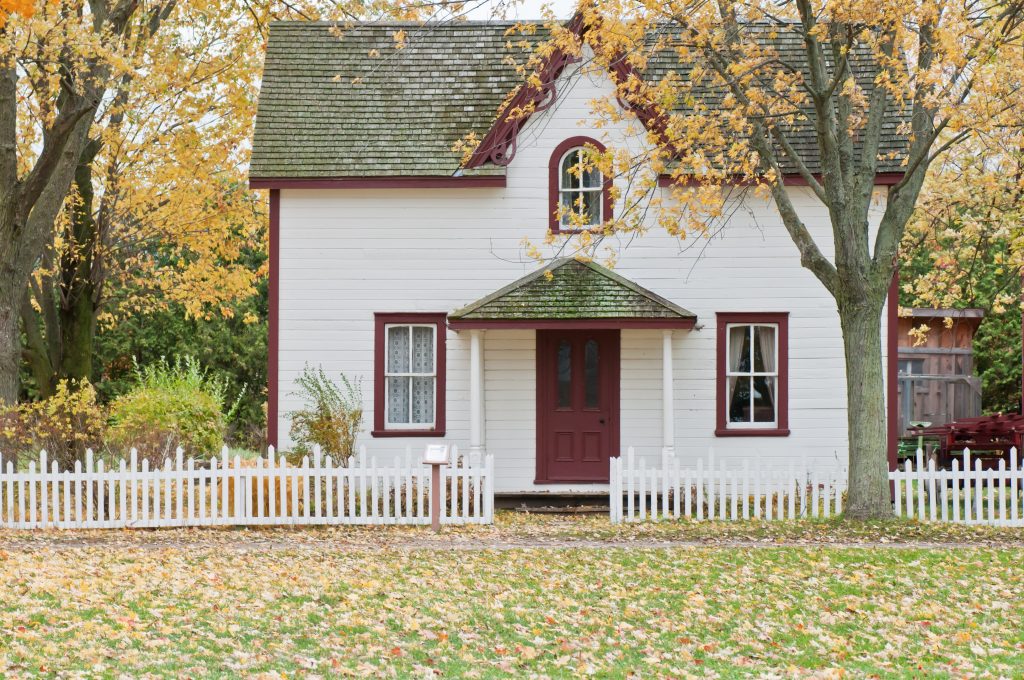When it comes to keeping your home energy-efficient and comfortable, choosing the best attic insulation is one of your most important decisions. Attic insulation helps regulate indoor temperatures, lowers energy costs, and enhances the comfort of your home, especially during the extremes of summer and winter. But with various options available, how do you know which type of insulation is the best for your attic?
In this post, we’ll explore the four most common types of attic insulation—fiberglass batt, blown-in fiberglass, spray foam, and cellulose—and break down the pros, cons, and costs of each. By the end, you’ll better understand which insulation offers the most value and fits your home’s specific needs.
Types of Attic Insulation
Several factors must be considered when choosing the best attic insulation. The best option will depend on your budget, the thermal performance you’re looking for, and the specific needs of your attic space. Let’s examine the four most common types of attic insulation and their benefits and drawbacks.
1. Fiberglass Batt Insulation: Traditional and Trusted
Fiberglass batt insulation is the traditional insulation you most often see in attics. It comes in pre-cut panels or rolls that fit between your attic’s joists, making it relatively easy to install. This type of insulation is made from fine strands of glass spun into fibers, which are then compressed into mats or batts.
Pros:
- Affordable: Fiberglass batt insulation is one of the most budget-friendly insulation options available. With an average cost between $0.60 and $1.00 per square foot, it’s a go-to choice for homeowners looking to keep installation costs down.
- Easy to install: Fiberglass batt is widely available and simple to install. Many homeowners choose to DIY, avoiding installation costs, but it’s important to ensure proper installation to avoid gaps that can reduce energy efficiency, especially around air leaks.
- Energy efficient: Fiberglass helps retain the heat in your living space during winter by reducing heat loss. It works by trapping air in its fibers, preventing heat from escaping through your attic, and improving energy savings and efficiency.
- Non-combustible: One of the benefits of fiberglass batt insulation is its fire-resistant properties, which provide an added layer of safety in your home.
- Soundproofing: Fiberglass batt insulation also helps reduce noise, whether it’s sound from outside or noise between rooms in your home.
Cons:
- Health risks during installation: While fiberglass batt insulation is relatively safe when installed correctly, it can irritate your skin, eyes, and lungs if exposed during installation. Protective clothing, gloves, and a mask are necessary.
- Not moisture-resistant: Fiberglass batt insulation loses its effectiveness when exposed to moisture, making it susceptible to mold and mildew growth, especially in areas with air leaks or hot climates.
- Pest issues: Rodents, insects, and other pests can sometimes live in fiberglass insulation, which may cause further problems in your attic.
Cost:
Fiberglass batt insulation is one of the most affordable options, ranging from $0.60 to $1.00 per square foot. The DIY installation makes this option appealing for those looking to save on professional labor costs. But ensure you measure your attic’s stud spacing and use the correct thickness of fiberglass batt for maximum efficiency.
2. Blown-In Fiberglass Insulation: Comprehensive Coverage
Blown-in fiberglass insulation uses the same base material as fiberglass batt, but is applied differently. Instead of being pre-cut into panels, the fiberglass is broken into small particles that are blown into the attic using a machine. This method provides a more even coverage, especially in hard-to-reach spaces.
Pros:
- Improved energy efficiency: Blown-in fiberglass insulation fills every nook and cranny of your attic, ensuring no gaps where air can escape. It’s particularly effective in older attics where fiberglass batt insulation might not fit well due to irregular spaces.
- Quick installation: Blown-in insulation can be installed much faster than fiberglass batt, usually in just a few hours, depending on the size of your attic.
- Reduced air infiltration: By sealing cracks and gaps, blown-in fiberglass insulation reduces drafts and prevents outside air from entering your home, helping maintain a comfortable indoor temperature year-round. When paired with regular air duct cleaning, it can significantly reduce drafts and improve the air quality throughout your home.
- Healthier indoor air quality: Blown-in fiberglass insulation doesn’t require the use of a vapor barrier, which can help improve air quality in homes, especially in households with allergy sufferers.
- Soundproofing benefits: Like fiberglass batt, blown-in fiberglass also helps reduce noise levels, both from outside and within the home.
Cons:
- Professional installation required: While it may seem like an easy DIY project, blown-in fiberglass requires professional equipment for proper installation. This can add to the overall cost, as professional installers charge for their labor and equipment.
- Potential health risks: Like other fiberglass options, the material can irritate the skin, eyes, and lungs if mishandled during installation, which is why safety precautions must be followed.
- Settling over time: Blown-in fiberglass can settle over time, reducing its R-value, which means it may require additional layers of new insulation to maintain energy efficiency.
- Moisture issues: Blown-in fiberglass insulation can also lose effectiveness if it gets wet, potentially leading to long-term issues with mold or mildew growth.
Cost:
Blown-in fiberglass insulation typically costs between $1.00 and $2.00 per square foot, depending on the size of your attic and the labor costs of installation. This can be more expensive than fiberglass batt insulation, but it offers superior coverage.
3. Spray Foam Insulation: Premium Protection for Maximum Efficiency
Spray foam insulation is a newer variety of insulation that comes in liquid form. It’s sprayed into the attic where it expands and hardens into a foam. The foam fills every gap and crack, creating an airtight seal that enhances energy efficiency.
Pros:
- Exceptional energy efficiency: Spray foam has a high R-value (5.6 to 8.0), making it one of the most energy-efficient insulation options available. It’s particularly useful for homes in Arizona, where hot summers and cold winters require reliable temperature control.
- Moisture-resistant: Unlike fiberglass and cellulose, spray foam is moisture-resistant, helping to prevent mold growth and maintain its insulating properties in damp environments.
- Long-term performance: Spray foam doesn’t settle like blown-in fiberglass, so it retains its R-value over time and continues to perform effectively for years.
- Adds structural support: The foam helps reinforce the structural integrity of your attic by binding to the surfaces it covers, making it more durable.
Airtightness: It forms a complete seal, blocking heat transfer and air leaks from entering or escaping your home. This is key to reducing both heating and cooling costs.
Cons:
- High upfront cost: Spray foam insulation is more expensive than traditional fiberglass options, with costs ranging from $1.50 to $3.00 per square foot. However, its energy efficiency can offset these costs over time.
- Specialized installation required: Spray foam must be installed by a professional trained in handling the chemicals used in its application. This adds to the cost and requires careful planning.
- Health and safety concerns: Improper handling of the chemicals in spray foam insulation can pose health risks. It’s important to utilize the proper safety gear during installation to avoid issues like skin irritation or breathing difficulties.
Cost:
Spray foam insulation is the priciest option, ranging from $1.50 to $3.00 per square foot. Although the upfront cost is higher, it can result in substantial long-term savings by cutting energy costs for years to come.
4. Cellulose Insulation: Eco-Friendly and Effective
Cellulose insulation is made from recycled paper products like newspapers and cardboard. It is treated with flame-retardant chemicals to make it safe for use in attics and other parts of the home. Cellulose is blown into place like fiberglass insulation, making it a great option for filling gaps and providing comprehensive coverage.
Pros:
- Eco-friendly: Made from recycled materials, cellulose is a sustainable option for homeowners looking to reduce their environmental impact. If sustainability is important to you, cellulose insulation provides an environmentally friendly solution without sacrificing performance.
- High R-value: Cellulose insulation has an R-value generally higher than fiberglass batts, providing excellent thermal resistance.
- Noise reduction: Cellulose insulation effectively reduces sound transmission, making it a great option for homes in noisy environments.
- Pest resistance: The treatment process includes the addition of a pest-repellent substance, which can help keep rodents and insects from making your attic their home.
Cons:
- Moisture issues: Like other types of blown-in insulation, cellulose can absorb moisture, which could lead to mold growth and reduced effectiveness.
- Messy installation: The blown-in method can be messy, requiring professional installation to ensure it’s done properly.
- Requires more maintenance: Cellulose may need to be topped off periodically to maintain its effectiveness, especially if it settles or becomes damp.
Cost:
Cellulose insulation costs around $1.00 to $1.50 per square foot, making it a cost-effective, eco-friendly option that can help reduce energy bills.
Cost Comparison: Which Type of Attic Insulation is Best for Your Budget?
When considering attic insulation, cost is always an important factor. Here’s a quick cost breakdown to help you choose the best option for your home:
- Fiberglass batt insulation: $0.60 to $1.00 per square foot.
- Blown-in fiberglass: $1.00 to $2.00 per square foot.
- Spray foam insulation: $1.50 to $3.00 per square foot.
- Cellulose insulation: $1.00 to $1.50 per square foot.
While upfront costs matter, consider the long-term savings each option can offer. Spray foam may cost more initially, but its energy efficiency can save you more money in the long run, especially due to its higher R-value.
Choose the Best Attic Insulation for Your Home
Choosing the best attic insulation depends on your specific needs and budget. Fiberglass batt insulation is an affordable option for those on a tight budget.
If you’re willing to invest a little more for superior thermal performance and coverage, blown-in fiberglass or spray foam insulation might be the right insulation. Cellulose insulation is an excellent option for environmentally conscious homeowners looking for an eco-friendly alternative.
No matter what type of insulation you choose, proper installation is key to ensuring long-term performance. Ready to upgrade your attic insulation?
Contact AHWA experts today for a free consultation, and let our HVAC Company in Scottsdale, Phoenix & Gilbert help you choose the best solution tailored to your home and budget. Don’t wait—start saving on energy bills today!
